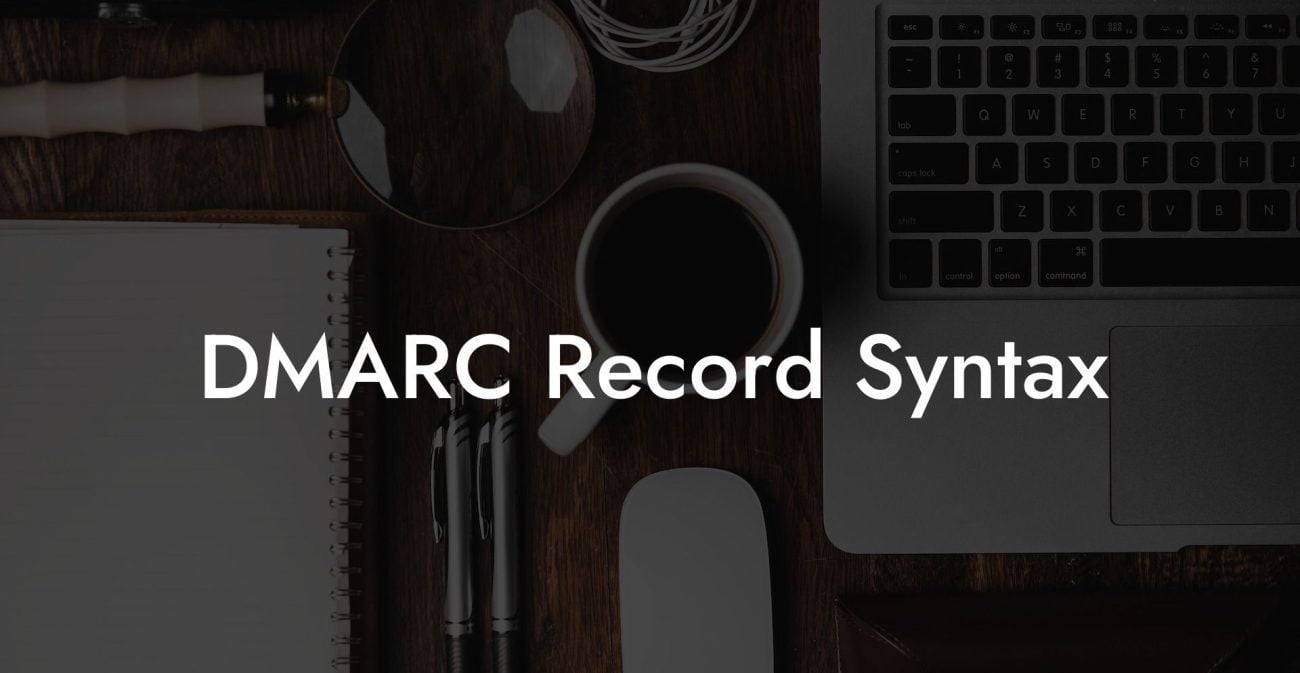In today's digital world, email has become a crucial part of our daily lives, both in personal and professional realms. However, with the rise of technology comes the rise of digital threats. Hackers are using various methods to target individuals and businesses through emails, with one such popular technique being voice phishing. In this article, we will take an in-depth look at DMARC Reject, a powerful tool that can help protect your email domain from cybercriminals and voice phishing attacks.
Understanding DMARC
DMARC (Domain-based Message Authentication, Reporting, and Conformance) is an email authentication protocol that leverages two existing mechanisms, namely SPF (Sender Policy Framework) and DKIM (DomainKeys Identified Mail). The purpose of DMARC is to help email receivers determine if an email is legitimately coming from the domain it claims to be from by verifying alignment with the sender's policies. It adds a layer of strong security in the fight against email spoofing and phishing attacks.
Protect Your Data Today With a Secure Password Manager. Our Top Password Managers:
By implementing DMARC, domain owners can monitor and control emails sent using their domain, ensuring that only genuine emails are delivered to the recipients.
DMARC Policy Levels: None, Quarantine, and Reject
A domain owner can specify one of three DMARC policy levels to instruct email receivers on how to handle an unaligned email. These policies are:
- None: DMARC is enabled for monitoring purposes only. Unaligned emails are delivered as usual. The "none" policy is mostly used when first deploying DMARC in order to collect data on the email flow.
- Quarantine: Unaligned emails are marked as suspicious, and the recipient's email provider may place the message in the spam folder or apply other restrictions according to their policies.
- Reject: Email receivers are advised to reject or block the delivery of any unaligned emails coming from the domain. This policy offers the highest level of protection against spoofing and phishing attacks.
DMARC Reject: A Stronger Defense
Implementing DMARC Reject provides the strongest level of email security by entirely blocking the delivery of unauthorized emails claiming to be from your domain. This helps protect your brand reputation and prevents voice phishing attacks that could lead to financial and data losses.
When using a DMARC reject policy, it's important to carefully examine and configure your SPF and DKIM settings to validate your legitimate email sources. This will prevent your genuine emails from being marked as unauthorized and getting blocked.
Benefits of Implementing DMARC Reject
- Reduced Phishing Attacks: It decreases the risk of cybercriminals’ ability to successfully launch voice phishing attacks using a spoofed email domain.
- Brand Protection: DMARC Reject helps prevent fraudsters from misusing your domain, thereby safeguarding your organization's reputation and brand credibility.
- Improved Email Deliverability: Implementing a DMARC Reject policy can help improve your email deliverability rate by increasing the trustworthiness of your email domain.
DMARC Reject Example:
Imagine an organization named "ABC Corp" that is concerned about voice phishing attacks on their employees. They decide to implement a DMARC Reject policy on their email domain, which significantly reduces the number of successful phishing attempts. The decision to implement the DMARC policy is further supported by an increase in the deliverability rate of their legitimate emails.
Protecting your business and email domain from the ever-growing threats of cybercriminals is an ongoing battle. Implementing a DMARC Reject policy can greatly reduce the risk of voice phishing and other email-based attacks. By taking this proactive step, you can safeguard your brand reputation, ensure the trustworthiness of your email domain to clients and employees, and maintain better email deliverability. Share this article with your network to promote awareness of DMARC and its benefits in minimizing email threats, and explore other guides on Voice Phishing for a comprehensive understanding of cybersecurity.
Protect Your Data Today With a Secure Password Manager. Our Top Password Managers:















